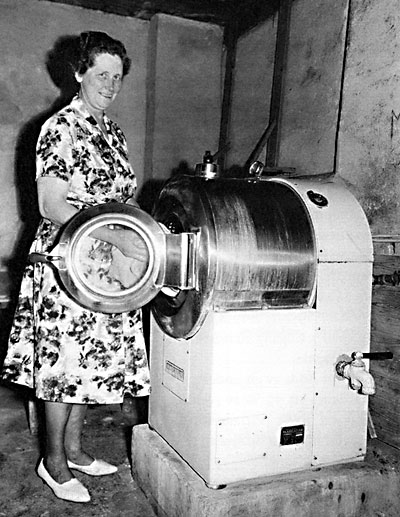Tuan C. Nguyen of the Washington Post earnestly investigates the pretty ridiculous claims of neurosurgeon Sergio Canavero who believes he’ll perform a successful head-transplant surgery in the next two years. The writer comes away believing the procedure won’t permanently be impossible, but there’s one little catch: Even a “successful” operation will leave the patient permanently a quadriplegic. An excerpt:
In recent years, there’s been renewed talk of perfecting such a procedure. This time it’s spearheaded by Sergio Canavero, an Italian neurosurgeon at the Turin Advanced Neuromodulation Group who has claimed that advances in medical science now make it possible to carry out head transplants that would allow patients to not only survive, but function normally. And with sufficient financial and legal support, he envisions successfully performing a transplant on a human as early as 2017.
“I think we are now at a point when the technical aspects are all feasible,” Canavero told New Scientist.
While expert opinions on Canavero’s claims vary, the possibility isn’t as far fetched as it sounds. James Harrop, director of Adult Reconstructive Spine at Thomas Jefferson University in Philadelphia and co-editor of Congress of Neurological Surgeons, says that the kind of complications the surgeons faced back in 1970 could easily be fixed using today’s methods.
“Technically it’s not any harder than a liver and heart transplant,” he says. “We now have immunosuppressant drugs that might prevent the body from rejecting it. Arteries and the ends of the esophagus can be sewn together. Bones can be fused. As long as the cuts are in place and if you do it high enough, there isn’t that much to hook back up.”
Several challenges remain, however. For Harrop, the biggest hurdle would be to reconstruct the millions of disconnected central nerve fibers that, under normal circumstances, do not regenerate.•



